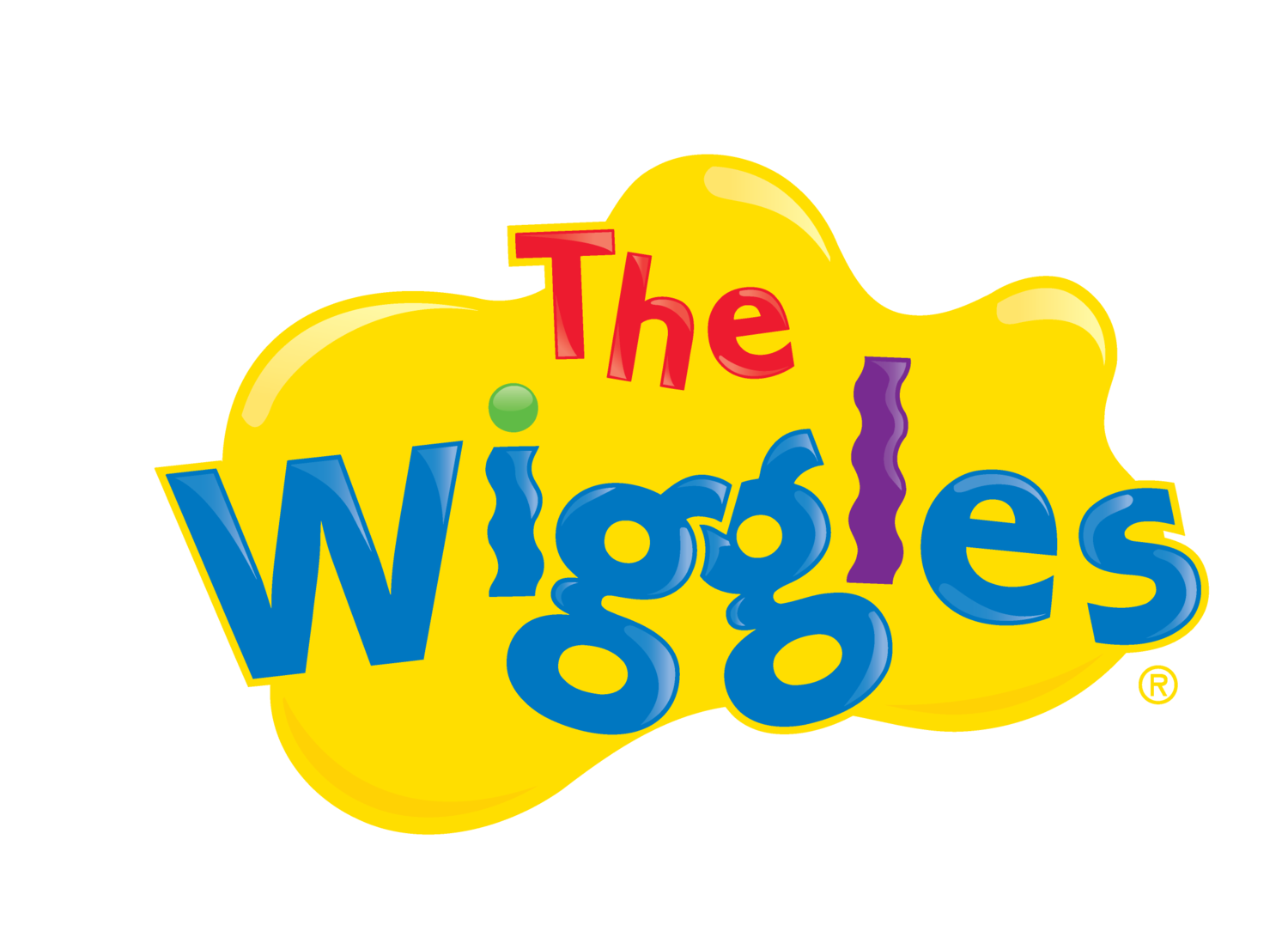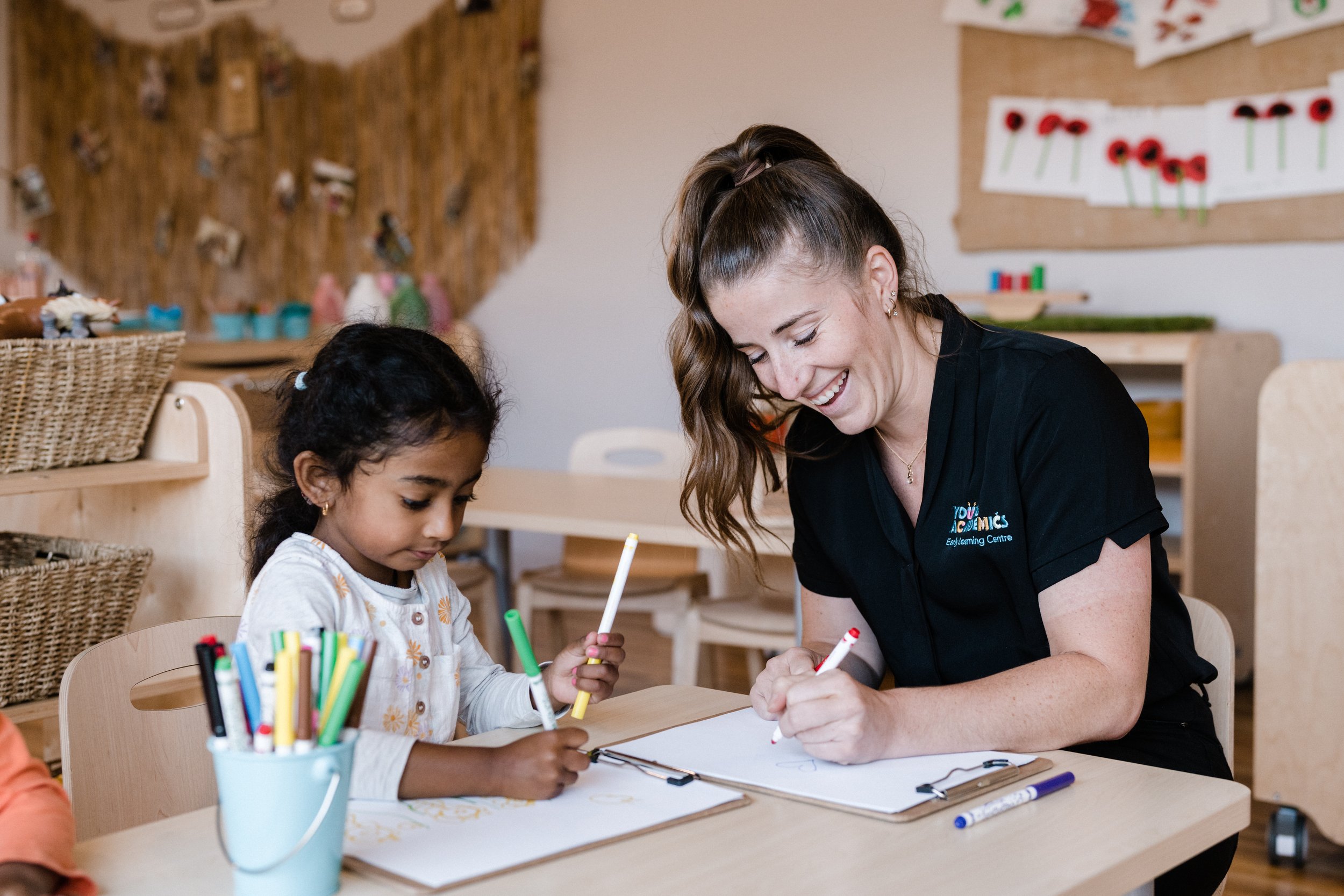What is Separation Anxiety?
Hello there, grown-ups and Wiggle friends!
Did you know it’s completely normal for little ones to feel a bit wobbly when it’s time to say goodbye — whether it’s heading off to daycare, preschool, or even just waving from the front door?
Separation anxiety often pops up between 6 months and 3 years old (but it can sneak back during big changes too!). It just means your child feels safe and snuggly with you — and they’re still learning how to feel that same way when you're not nearby.
You might notice signs like:
Clingy cuddles when it’s time to leave
Teary goodbyes at drop-off
“I don’t want to go!” moments
But don’t worry — with some gentle steps and oodles of love, we can help those big feelings turn into brave waves!
Managing Separation Anxiety
Separation anxiety is a natural part of childhood development, especially in younger children who feel strongly attached to their primary caregivers. It’s normal for children to feel uneasy, nervous, or upset when saying goodbye, whether it’s during the school drop-off or leaving them with another person. While separation anxiety can be challenging for both children and parents, there are proven strategies to help manage it in a way that promotes your child’s independence and emotional resilience.
At Young Academics, we support families through this important milestone by equipping parents with tools to ease the transition and by creating a warm, welcoming environment for every child. Here’s our expert advice on handling separation anxiety and helping your child adjust.
Common signs of separation anxiety include:
Clinging to parents when it’s time to separate
Crying or showing distress during drop-offs
Fear or reluctance to go to school or attend activities without a parent
Tips for Handling Separation Anxiety:
1. Create a Consistent Routine
A predictable routine helps children feel secure. Establish a routine for leaving, such as saying goodbye at the same spot each day or having a special goodbye ritual like a hug or a wave. This consistency helps your child feel prepared for the transition.
2. Practice Short Separations
Before your child starts a new childcare or school routine, practice short separations at home or with family members. Start by leaving for a few minutes and gradually extend the time. This helps build your child’s confidence that you’ll always return.
3. Use a Comfort Object
A familiar item like a stuffed animal, small toy, or blanket can provide comfort to your child during separation. These objects offer a sense of security and help bridge the transition from home to school or childcare.
4. Be Calm and Confident
Children are highly sensitive to their caregivers’ emotions. When you stay calm, confident, and reassuring during goodbyes, it shows your child that they’re safe and encourages them to feel the same way. Offer a warm goodbye, keep it brief, and avoid lingering as this can make separation harder.
5. Acknowledge Their Feelings
Let your child know it’s okay to feel upset or miss you. Try saying something like, “I know it’s hard to say goodbye, but I’ll be back soon.” Acknowledging their emotions reassures them that their feelings are valid and lets them know that you understand.
6. Build Trust by Returning on Time
Return at the time you’ve told your child you will, as this helps them trust that you’ll be back as promised. This consistency strengthens their sense of security and helps reduce anxiety over time.
7. Encourage Independence
Offer your child activities that help them feel confident and independent, such as dressing themselves, packing their own bag, or saying goodbye with a proud “big kid” wave. Encouraging small moments of independence can positively impact their comfort level during separations.
For additional support, download our
Free Guide on Managing Separation Anxiety!
It includes practical tips, sample goodbye rituals, and age-specific advice to help you and your child navigate this emotional experience together.












